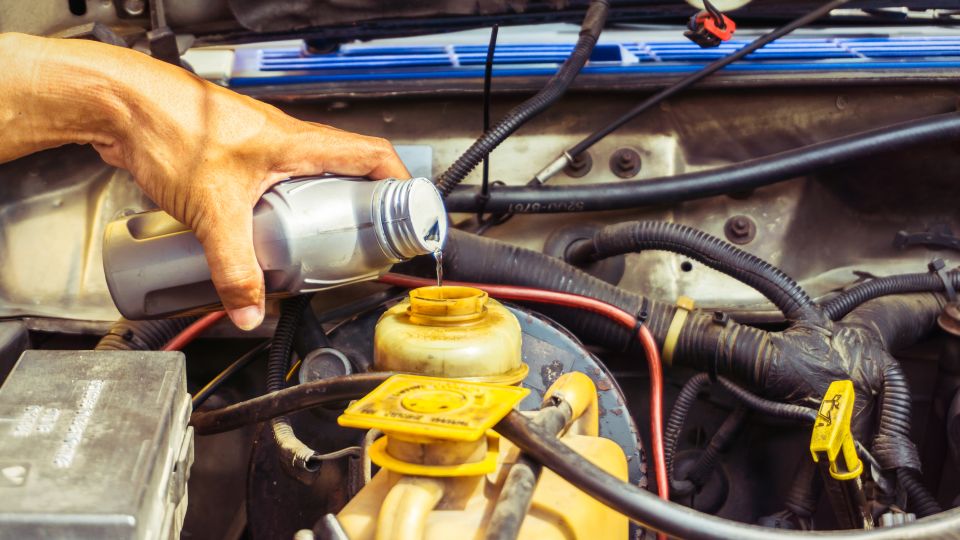If you spill brake fluid on your car, rinse the area with plenty of water, as it will completely remove the brake fluid and stop the corrosive effects of the paint. It is best to be very careful and avoid any accident
Brake fluid is a hydraulic fluid with which it is possible to transmit the force exerted on the pedal to brake the wheels of cars, motorcycles, trucks and some other vehicles.
This fluid is very important to guarantee the safety of drivers and therefore, you should always check that it is at the recommended level and in optimal conditions. In case you need new brake fluid, you must add what is missing or make the change.
When filling or changing the brake fluid you must be very careful and drain nowhere else than the reservoir. Due to its chemical characteristics, this liquid is highly corrosive with lacquers, varnishes and paints, in addition to acting extremely quickly and without the possibility of remedying the damage once the paint has been stained.
How can brake fluid damage your car’s paint?
The reason is the chemical composition of the liquid, which contains glycol. These molecules do double duty, making the fluid effective at damaging coatings. The chemical reaction of the glycol works in a similar way to an aggressive solvent in car paint.
Brake fluid breaks down the coating layer leaving vertical marks or streaks as it moves down the car body. In the worst case, the brake fluid eats away at the car’s paint and exposes the metal of the bodywork. It is one of the effects of brake fluid on the paint situation of the vehicle.
Although the car would not have any problems, the longer the liquid stays in the paint, the more damage it will do to your vehicle. It is best to clean it immediately with plenty of soap and water to remove any residue.

